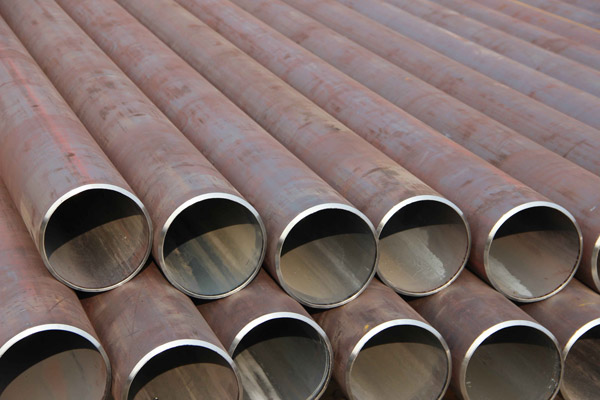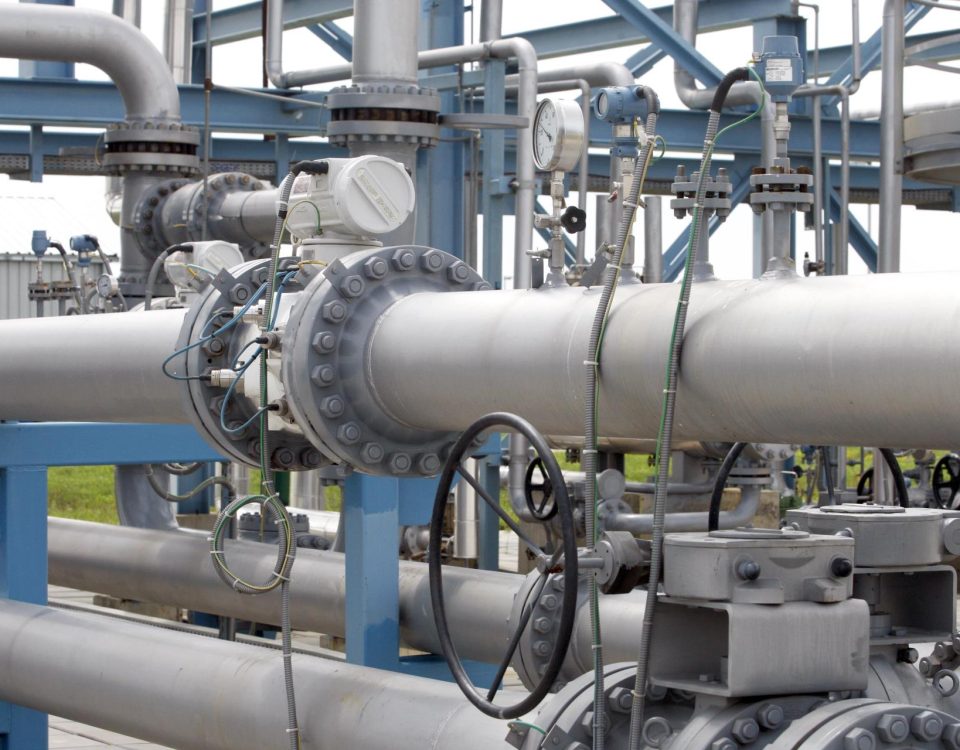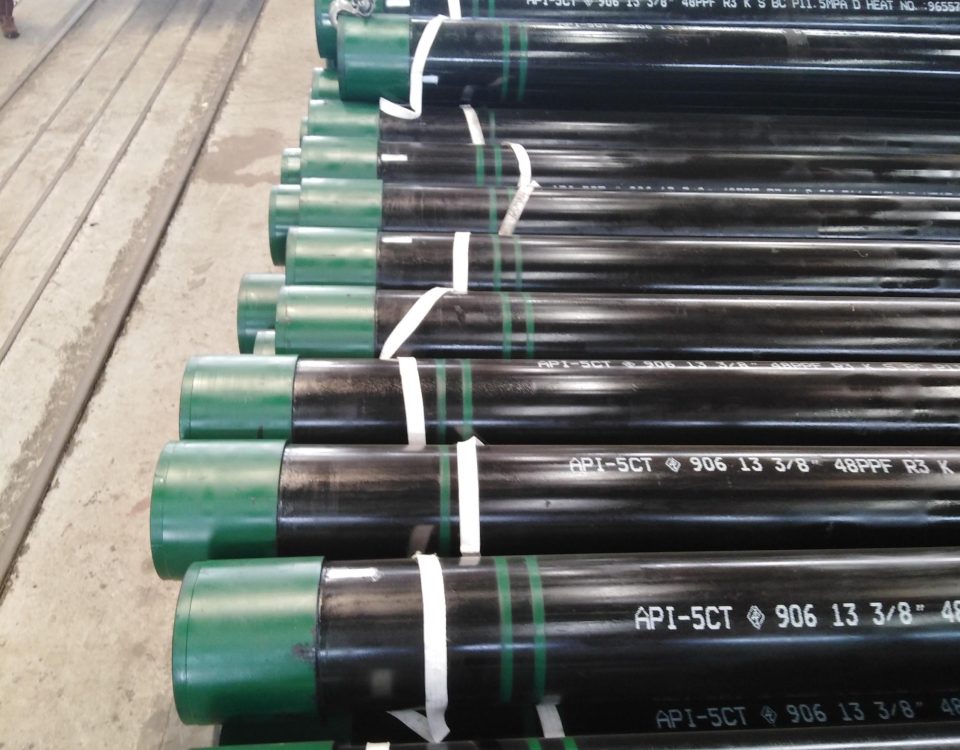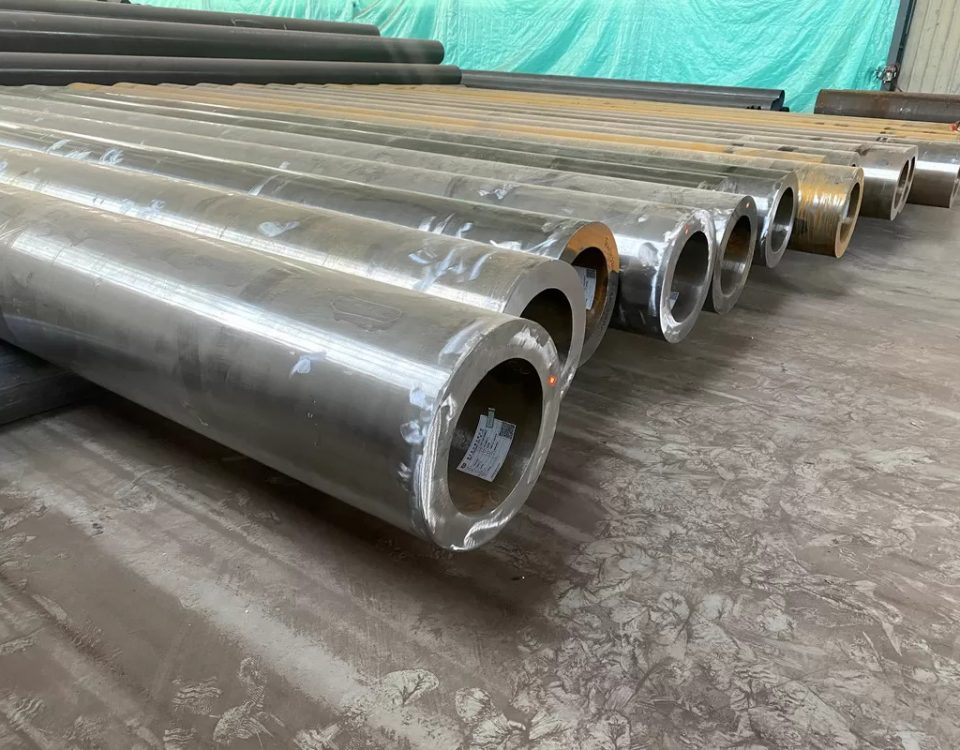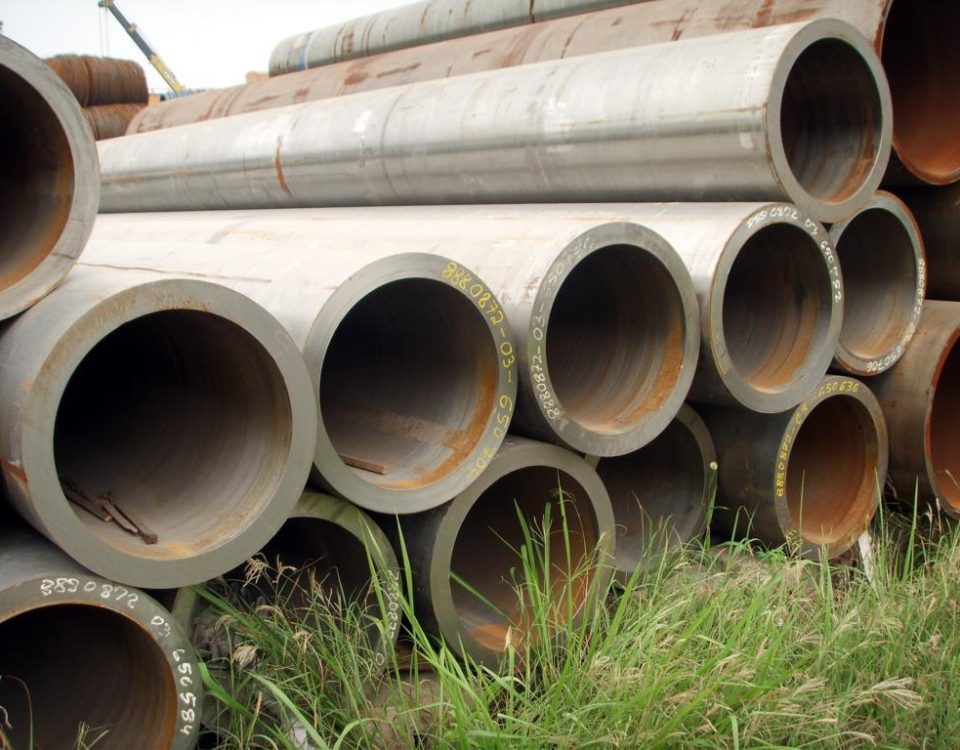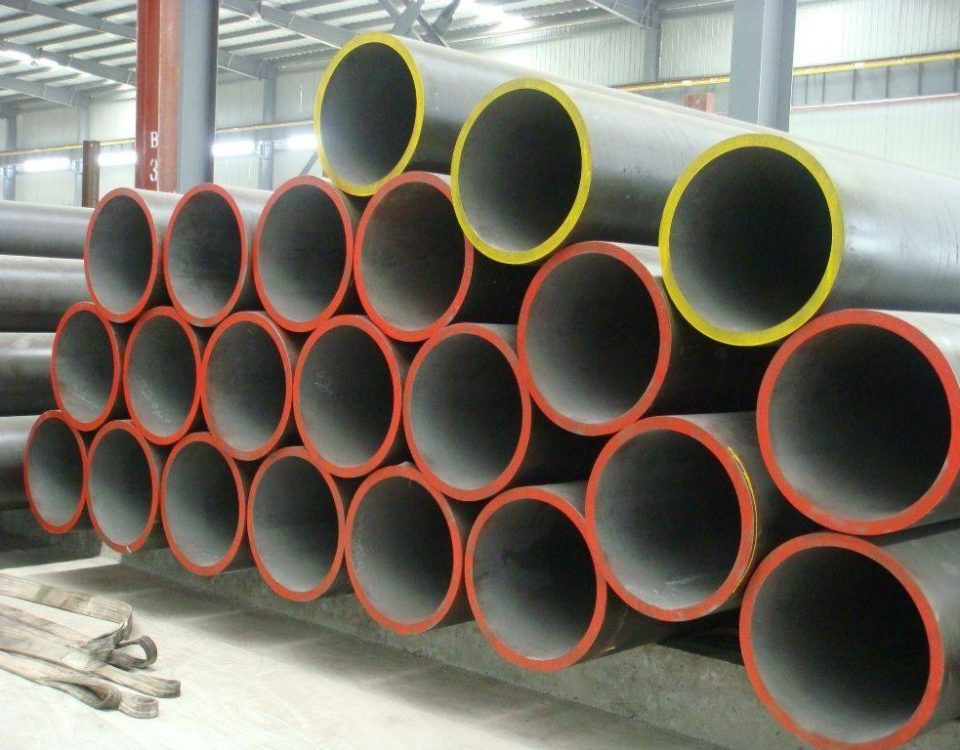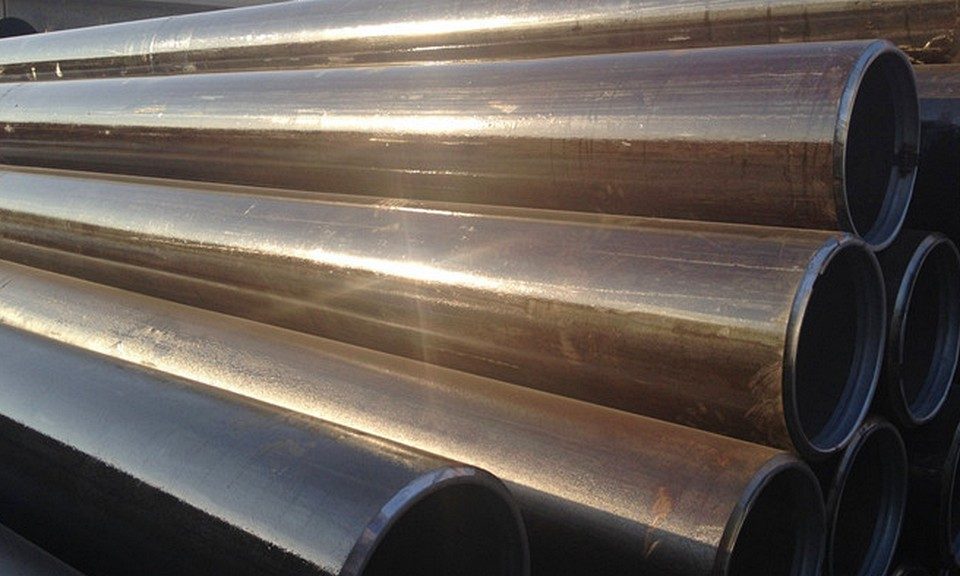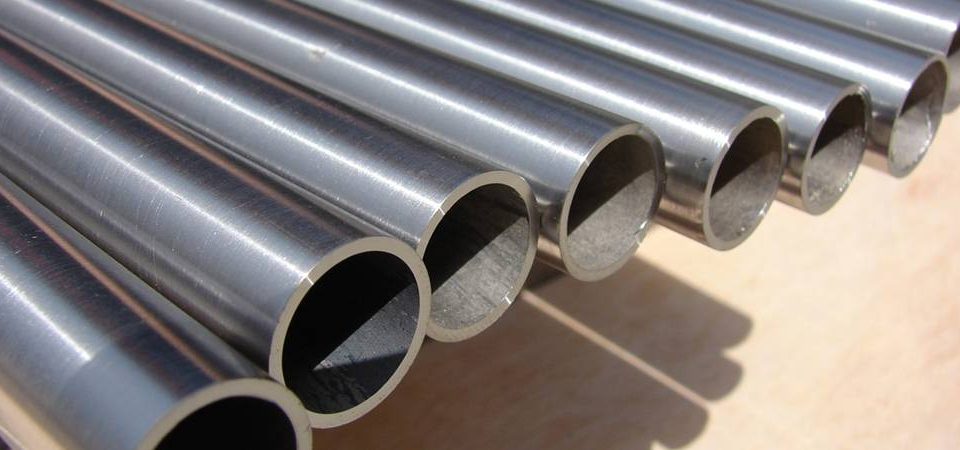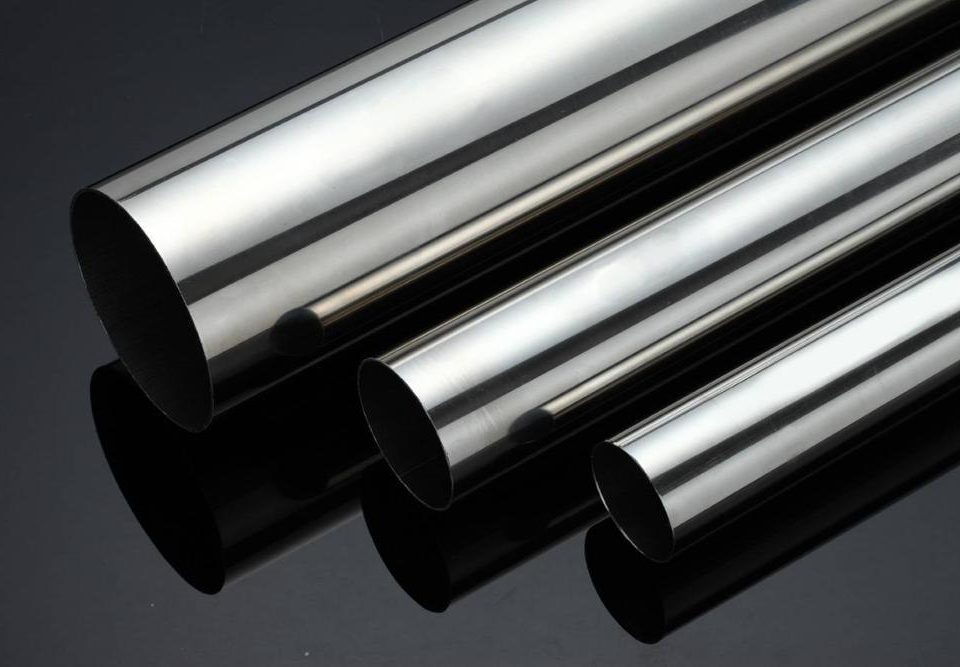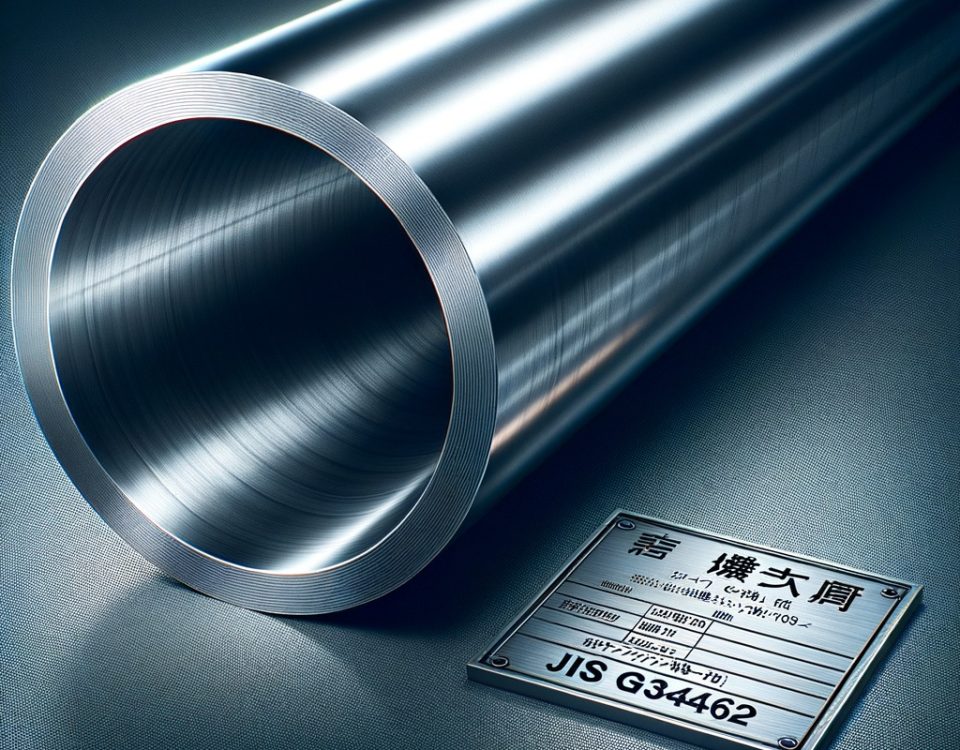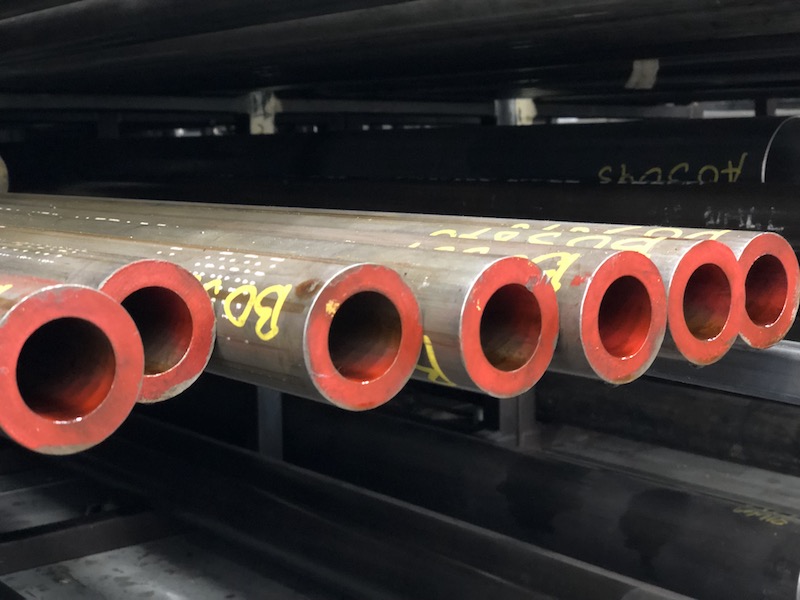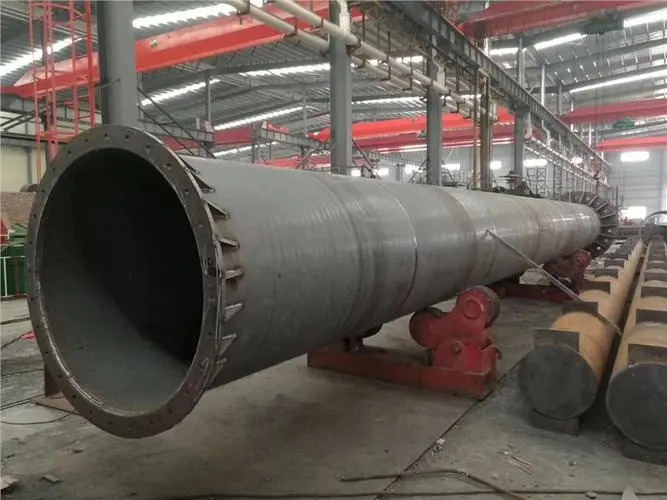Seamless and ERW Stainless Steel Pipes
November 15, 2018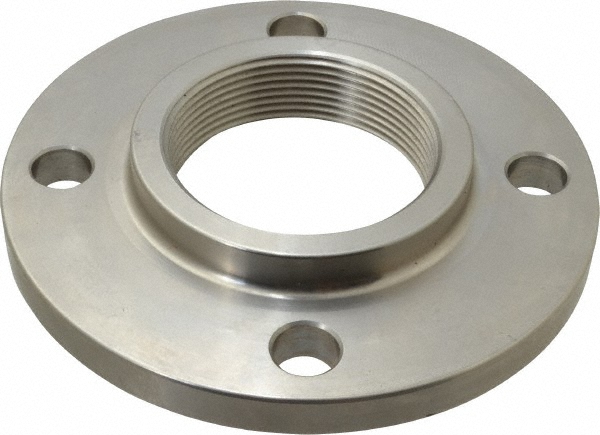
What is threaded flange and what is its usage?
November 27, 2018The seamless steel tube is rolled by a solid tube blank after perforation.
1. Manufacturing method
According to different production methods, it can be divided into hot rolled pipe, cold rolled pipe, cold drawn pipe and extruded pipe.
1.1. Hot-rolled seamless pipes are generally produced on automatic rolling mills. The solid tube blank is inspected and the surface defects are removed, cut into the required length, centered on the end face of the perforated end of the tube blank, then sent to a heating furnace for heating and perforated on the punching machine. At the same time, the perforation is continuously rotated and advanced. Under the action of the roll and the head, a cavity is gradually formed inside the tube blank, which is called a capillary tube. It is sent to the automatic pipe mill for further rolling. Finally, the whole machine is uniform in wall thickness, and the sizing machine is sizing to meet the specification. The production of hot-rolled seamless steel tubes by continuous rolling mills is a more advanced method.
1.2. If you want to obtain seamless pipes of smaller size and better quality, you must use cold rolling, cold drawing or a combination of the two. Cold rolling is usually carried out on a two-roll mill in which the steel pipe is rolled in an annular hole formed by a variable-section circular hole groove and a stationary tapered head. Cold drawing is usually carried out on a single-chain or double-chain cold drawing machine of 0.5 to 100T.
1.3. Extrusion method The tube blank to be heated is placed in a closed extrusion cylinder, and the perforated rod moves together with the extrusion rod to extrude the extrusion from the smaller mold hole. This method can produce steel pipes with smaller diameters.
2, use
2.1, seamless pipe is widely used. The general-purpose seamless pipe is rolled from ordinary carbon structural steel, low-alloy structural steel or alloy structural steel, and has the largest output, and is mainly used as a pipe or structural part for conveying fluid.
2.2, according to the use of three types of supply: a, according to chemical composition and mechanical properties; b, according to mechanical properties; c, according to water pressure test supply. Steel pipes supplied in categories a and b, if used to withstand liquid pressure, are also subjected to hydrostatic testing.
2.3. Special-purpose seamless pipes include boiler seamless pipes, geological seamless pipes, and petroleum seamless pipes.
3, type
3.1. Seamless steel pipes can be divided into hot rolled pipes, cold rolled pipes, cold drawn pipes and extruded pipes according to different production methods.
3.2. According to the shape, there are round tubes and special-shaped tubes. In addition to the square tube and the rectangular tube, the special-shaped tube has an elliptical tube, a semi-circular tube, a triangular tube, a hexagonal tube, a convex-shaped tube, a plum-shaped tube, and the like.
3.3, according to different materials, divided into ordinary carbon structural tube, low alloy structural tube, high quality carbon structural tube, alloy structural tube, stainless tube and so on.
3.4. According to special purposes, there are boiler tubes, geological tubes, oil pipes, etc.
4, specifications and appearance quality
Seamless pipe according to GB/T8162-87
4.1. Specifications: The outer diameter of the hot rolled tube is 32-630mm. The wall thickness is 2.5 to 75 mm. The cold rolled (cold drawn) tube has an outer diameter of 5 to 200 mm. The wall thickness is 2.5 to 12 mm.
4.2. Appearance quality: There shall be no cracks, folds, rolling, separation, hairline and crusting defects on the inner and outer surfaces of the steel pipe. These defects should be completely removed, and the wall thickness and outer diameter must not exceed the negative deviation after cleaning.
4.3. Both ends of the steel pipe should be cut at right angles and the burrs should be removed. Steel pipes with wall thicknesses greater than 20 mm allow for gas cutting and hot saw cutting. The agreement between the supplier and the buyer may also be unsuccessful.
4.4. Cold-drawn or cold-rolled precision seamless steel pipe “surface quality” refers to GB3639-83.
5. Chemical composition test
5.1. The domestic seamless pipes supplied according to chemical composition and mechanical properties, such as the chemical composition of steels 10, 15, 20, 25, 30, 35, 40, 45 and 50 shall comply with the provisions of GB/T699-88. The imported seamless pipes are inspected according to the relevant standards stipulated in the contract. The chemical composition of 09MnV, 16Mn and 15MnV steels shall comply with the provisions of GB1591-79.
5.2. The specific analysis method refers to the relevant part of GB223-84 “Chemical Analysis Methods for Iron and Steel and Alloys”.
5.3. Analytical deviation refers to GB222-84 “Performance deviation of chemical composition of steel and finished product for chemical analysis”.
6, physical performance test
6.1. Domestic seamless pipe supplied according to the performance of the machine. Ordinary carbon steel is made according to GB/T700-88 Class A steel (but the sulfur content must not exceed 0.050% and the phosphorus content does not exceed 0.045%). The performance shall comply with the values specified in the table of GB8162-87.
6.2. The domestic seamless pipe supplied according to the hydraulic test must guarantee the hydraulic pressure test specified in the standard.
6.3. The physical property test of the imported seamless pipe shall be carried out in accordance with the relevant standards stipulated in the contract.
7. Main import and export situation
7.1. The import volume of general seamless pipes is very large. The main importing countries are Germany and Japan. European countries such as Romania, Russia, Switzerland, France, Spain, Czech Republic, Yugoslavia, Hungary and other countries have imports. A small number of imports from South America, Argentina, Mexico and other countries.
7.2 According to the different requirements of China’s cargo units, there are more than 100 types of imported seamless tubes. The common specifications are 15922mm, 1595mm and 15918mm. 114.38mm, 114.310mm, 114.313mm. The length is generally 5 to 8 m or 4 to 7 m. Mainly hot rolled carbon structure, steel grades ST35.ST45 and ST65. The smallest diameter of the imported specification is 305mm and the largest is 47813mm.
7.3. A small number of seamless tubes with small diameters and thin walls, such as 183mm, 223mm, 26.93mm, etc., have been imported from France and Spain. Implement the general rules of the Mannesmann Steel Tube Plant in Germany.
7.4. Seamless pipes imported from Hungary and Japan, often referred to DIN 2448, DIN 1629.
7.5. In the case of import claims, the quality problems of imported seamless pipes mainly include: unqualified chemical components, splitting in the flattening test, low tensile strength, severe rust and pits.
8, packaging
According to GB2102-88. There are three types of steel pipe packaging: bundling, packing, oiling or oiling.

